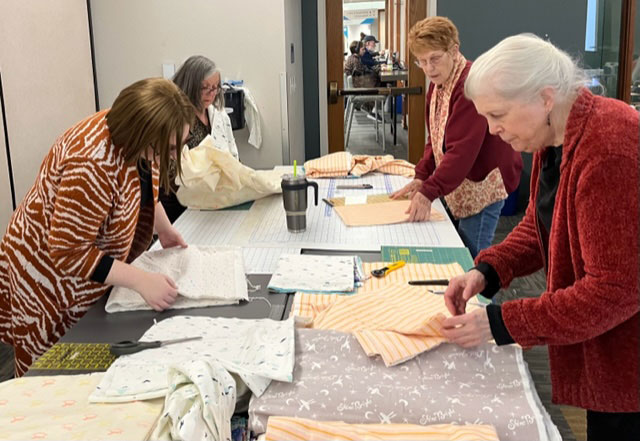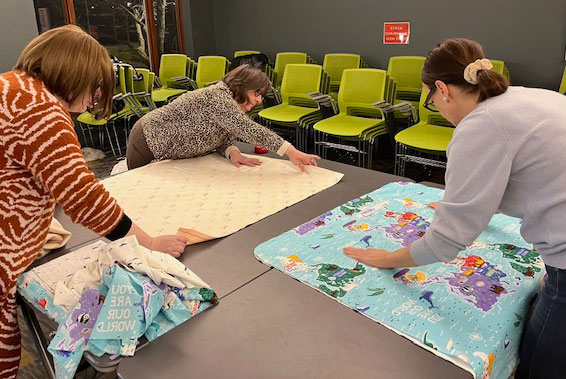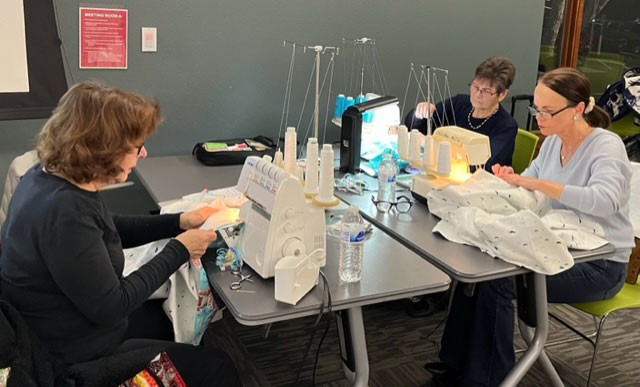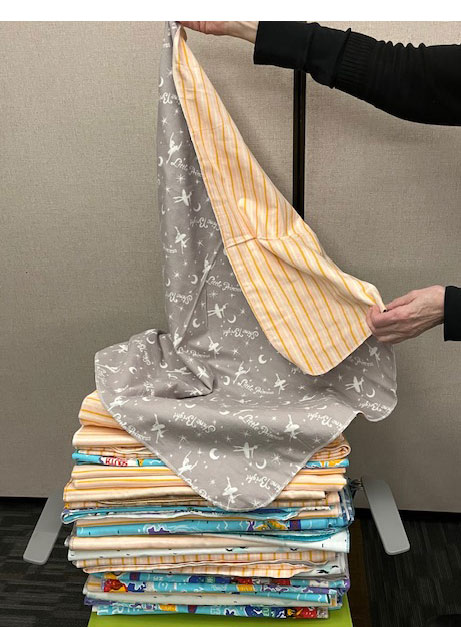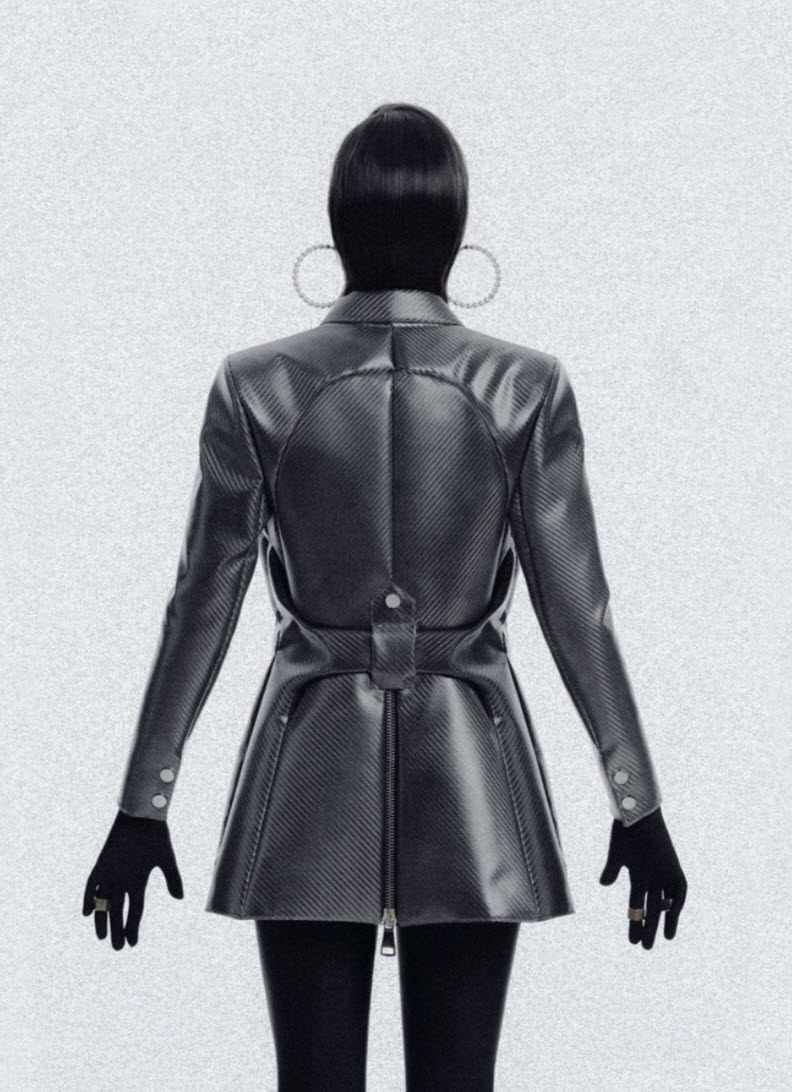In July the Colorado Chapter of ASDP continued its discussion of ASDP member Angela Wolf’s book “How to Start a Home-based Fashion Design Business.” This time we discussed chapter 2, titled “From Dream to Reality.”
This chapter of the book has lots of information that is common advice for members in our group, so we focused on what is different. The book concentrates on advice for fashion designers, but we do lots of alterations and custom work.
Our main topic of discussion was the need for a contract, which is very important for fashion designers to get paid. Most of our members work with individual clients on a one-on-one basis. This means we have a chance to interview our clients and get a sense of their honesty. And much of our business growth comes from referrals, so new clients can usually be trusted if the original client was honest. One member reported not being paid by only one client, and another reported that only one altered garment was never picked up and was never paid for the work.
We were mixed about requiring a deposit. If people want to give a deposit, (e. g. for the fabric) that is welcomed but not required by most of us. One client wanted to make partial payments at each visit, which was not a problem. Most clients are too excited about getting the final product, so they pay as soon as the item is ready to be picked up. One member, who does pattern design work, requires 50% deposit before any work begins.
We did acknowledge that many of us work independently and that fashion designers with collections that require contract sewers (especially if overseas) would want to be protected with a clear contract. If a member is concerned about what would be in a contract, it was suggested that these points be printed and posted on the wall for the client to read.
Another topic of discussion was the use of computers to help with business. Our older members don’t use computers much but said they would if they were younger. One of our younger, computer-savvy members uses computers to schedule all her appointments and lets her young clients schedule appointments by themselves. The computer then generates a link to a video meeting for them to discuss online what is needed.
To be added to the mailing list for our chapter’s Zoom meetings, contact Pat at colosewingpros@gmail.com .
